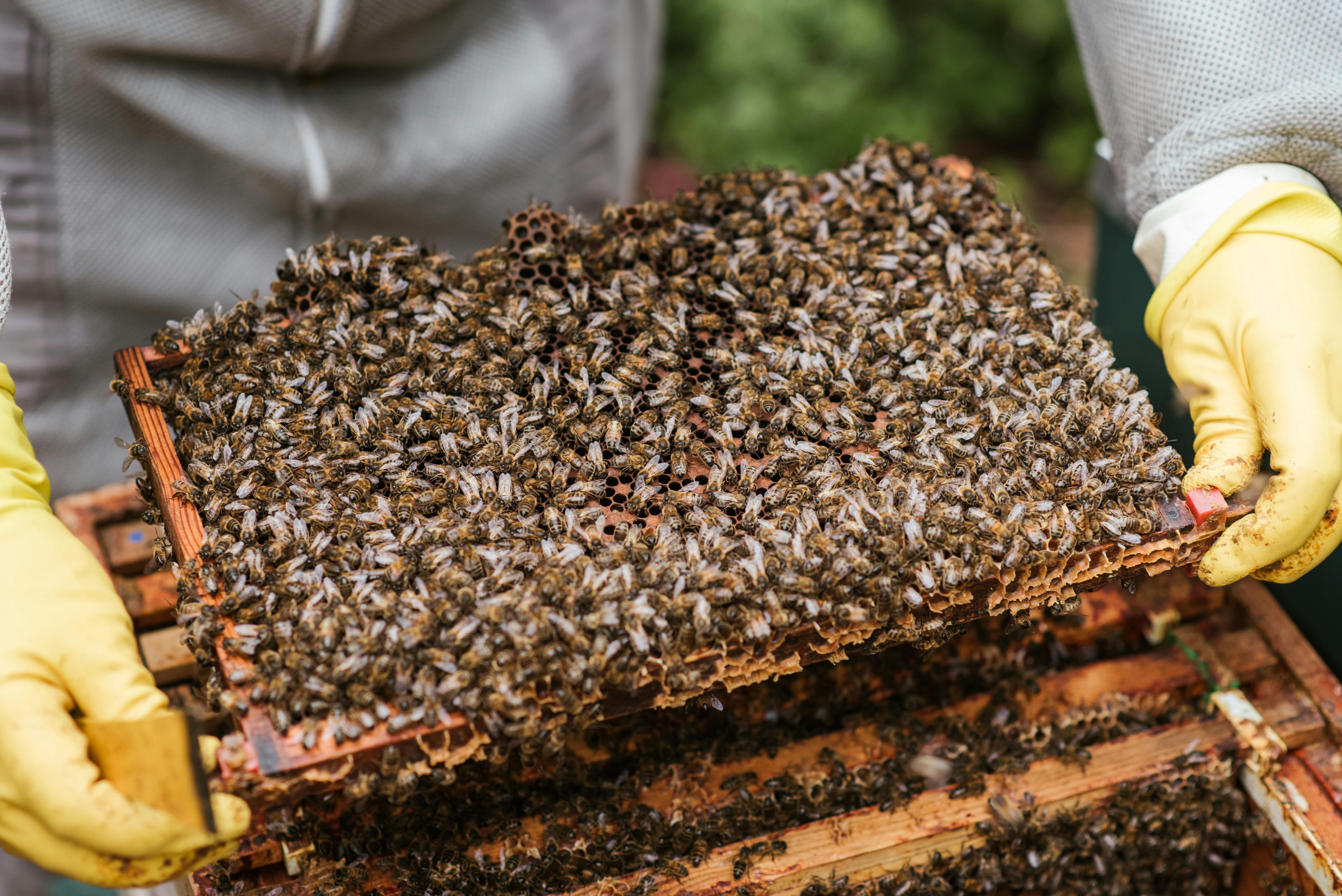Laser Marking Fundamentals and How to Use
Laser marking is a process where the power of a laser is used to make a mark. The power is usually measured in watts, and the higher the wattage, the deeper the mark will be. There are two types of power: continuous and pulsed. The former emits light continuously while the latter emits light in pulses at regular intervals. The latter increases as the frequency increases.
Carbon migration
Carbon migration is a common process that happens when metal is heated to high temperatures. This causes the carbon molecules present in the material to bond with the metal, resulting in a dark, permanent mark. This type of marking is best suited for steel and other metals that have relatively smooth surfaces.
Depending on the material, laser marking can also change the colour of the material. Learn more about the different types of marking available from Comprehensive Materials Processing. You’ll also learn more about the scientific background of different marking methods. Metals such as stainless steel and titanium lend themselves to highly contrasting marks.
Laser marking is a versatile process that involves a number of different techniques. It can be used for engraving, etching, foaming, and carbon migration. Each technique requires a different surface material and outer coatings. The goal of laser marking is to change the color of a material in a permanent manner. It can be used to add logos, bar codes, and serial numbers to a variety of materials.
Foaming
Foaming is an effect that can occur when laser marking certain types of plastics. The process of foaming occurs when the laser beam heats up the plastic, causing gas bubbles to form. The included gas diffusely reflects light and creates raised areas, which are a visual indicator of the areas laser-processed.
Foaming is an effect that can be a good way to change the color of a plastic. Laser foaming is the process of melting polymer material so that it forms foam-like bubbles that are fixed within the material. The resulting bubbles change the light refraction properties of the material. This process is common in the packaging material industry, as well as the automotive industry.
This process is similar to engraving, except that instead of carving a surface, lasers burn a material by hitting it. The beam then moves around to create the mark. The grooves left behind can be filled with contrast material to make the mark more visible. Foaming can also be a common problem with water jet cutting.
Laser marking machines have different capabilities and can produce different types of marks. Some laser marking machine manufacturer are able to change color as the laser beam applies heat to the surface. This type of marking process creates permanent markings in a matter of milliseconds. However, some materials may discolor, and soot particles will leave a dark mark.
Chemical change
The laser process causes a chemical change in most materials exposed to it. This change can be a result of a number of factors, including the type of material, the wavelength used, and the surface finish. Some of the most common chemical reactions are melting, foaming, and colour change. The former type of reaction causes a reduction in the colour of the material.

Inorganic laser marking additives are usually made of metal oxide powders, including ferroferric oxide and bismuth oxychloride. Other types of inorganic additives include graphene, montmorillonite, and carbon nanotube. These are all useful for a number of applications, including laser marking.
Pearlescent pigments can also be used for laser marking. These pigments make non-markable resins receptive to the laser beam. During the laser marking process, the surface is exposed to high temperatures, which causes partial carbonization. Although this process does not affect the stability of the plastic material, it can alter the appearance of the surface, resulting in a darker appearance.
Laser annealing
Laser annealing is a process that changes the physical properties of materials before they are marked with a laser. The process involves using an excimer laser to heat the materials and then cool them. The cooling process may involve air jets or cold water. Using this method will preserve the properties of the material, while reducing distortions caused by processing. In addition, it will use fewer chemicals than traditional methods, and will reduce labor costs.
Laser annealing is especially useful for medical devices and equipment. This method produces markings in a variety of colors, and the process is non-toxic. It can also be used to brand automotive parts, particularly the exhaust system. The process will also reduce the energy density of a laser beam.
YAG laser marking systems are lightweight and can mark thin metal sheets without damaging the surface. They are also capable of marking a wide variety of substrates, including aluminum, steel, and plated metals. These systems are typically available from authorized suppliers.
Laser etching
One important consideration in laser etching is the uniformity of the etching process. This is important because lasers monitor a single area of the substrate, and if the etching rate is not uniform, the metal may not be removed completely. Although this is unlikely to happen, it is important to understand how to use the etching process to ensure that the metal is removed completely.
First, the material that is to be etched must be able to absorb enough energy from the laser beam to melt it. If the laser beam is too weak, the material will be distorted and will not absorb any energy. When the energy is too high, the material will melt. After this process, the surface will cool off. This change will be localized on the surface, leaving a permanent mark.
Laser etching is also useful when you want to mark a surface with multiple colors. You can do this by reducing the marking speed and frequency. This increases the depth of the mark, but will also generate a lot of heat and may cause the material to warp.
CO2 lasers
One of the biggest differences between diode lasers and CO2 lasers is the power consumption. CO2 lasers are more powerful and require more power to operate. They also require higher skill and safety measures. However, CO2 lasers are worth the money if you plan on using them for professional applications. However, they are not ideal for home or hobby applications.
CO2 lasers can mark various types of material, including wood, paper, and films. Their long wavelength makes them ideal for marking these materials. In addition, CO2 laser engravers are much faster than conventional machines, meaning they can produce more products in less time. Moreover, they are cheaper than traditional permanent marking technologies.
CO2 lasers are available in different optical configurations. Some have narrow or broad beams, while others have multiple wavelengths. The AB-C series of CO2 lasers is one such option, which is excellent for marking materials. This type of laser has various power levels, and is suitable for marking, cutting, and scoring. Moreover, CO2 lasers are compact and easy to integrate with other laser systems.
CO2 lasers are best for marking items that contain serial numbers or date codes. Their low power consumption also allows them to mark non-contrast materials like plastics. Another benefit of CO2 lasers is that they can be used to mark complex messages.
Fiber lasers
One of the latest advancements in the field of laser marking is the use of fiber lasers. Unlike other laser marking systems, fiber lasers are portable and require very little maintenance and consumables. They use a high-quality Ytterbium laser source, which offers an extremely long rated life of one lac hours under standard working conditions.
Fiber lasers are also highly efficient at marking small substances. For example, they can mark ceramic spark plugs, automotive sensors, chassis VIN numbers, and motorcycle parts. In addition, they can mark text or graphics on a variety of materials. The versatility of fiber lasers makes them ideal for use in a wide variety of industries.
Unlike inks and glues, laser marking doesn’t require the use of any solvent. The laser uses heat to excite atoms and leaves a permanent engraving. The process is highly reliable and low-maintenance. A typical 50-watt fiber laser is able to mark deep into steel, leaving a permanent engraving that will not fade.
Fiber lasers are useful for laser marking in many industries, including jewelry. They offer a long-lasting, high-quality mark on metal, plastic, and other materials. Another benefit of fiber lasers is their ability to ensure absolute black markings, which is extremely valuable in many applications.


